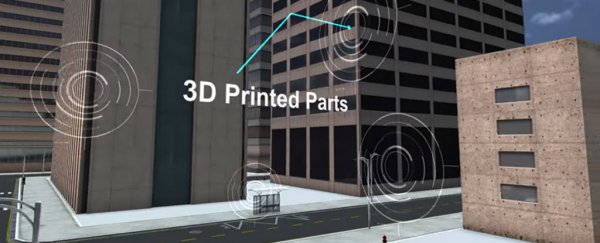Authorities in Singapore have announced plans to provide residents with 3D-printed houses, and are now conducting a feasibility study to figure out how to get it done.
If the proposal gets the go-ahead, house storeys will be printed independently and then assembled on site in the style of Lego bricks. The aim is to use machinery to build homes for Singapore's elderly population without relying on foreign labour, although the concrete-printing technology at the centre of the scheme is still in the development phase.
The process of layering a 3D-printed object is the same no matter what the size or make of the printer itself, but some materials are more malleable than others. A Chinese company has previously experimented with a concrete aggregate to build its own houses, while a recent project in Italy involved putting together homes made out of clay.
When it comes to the Singapore project, not every part of the house would be 3D-printed - just the main structural components. The Singapore Centre for 3D Printing says it's already successfully constructed three dorm-style buildings using its existing "Prefabricated Pre-Finished Volumetric Construction" methods.
A new concrete-based substance and new 3D printers will need to be developed before the plans can become a reality, they say. "In the area of housing there are quite big challenges," Chua Chee Kai from the Centre for 3D Printing told GovInsider. "We have to develop all this from scratch … The construction industry is typically very conservative: building tends to be among the last industries to try something new."
Representatives from the Centre say the first 3D-printed house (or partially 3D-printed house) could be up and ready in the next three years, so long as they can adequately verify their safety. Any elements that cannot be printed cost effectively could still be put together using traditional methods.
If the viability of the initiative can be proven, the benefits are clear: 3D printers require no wages and no rest periods, and can produce identical designs in a short timeframe. They can also switch to new designs with a few clicks of a computer mouse. Outside of the construction of homes, the Centre for 3D Printing is also exploring the possibility of using the same technology for military and medical facilities.
